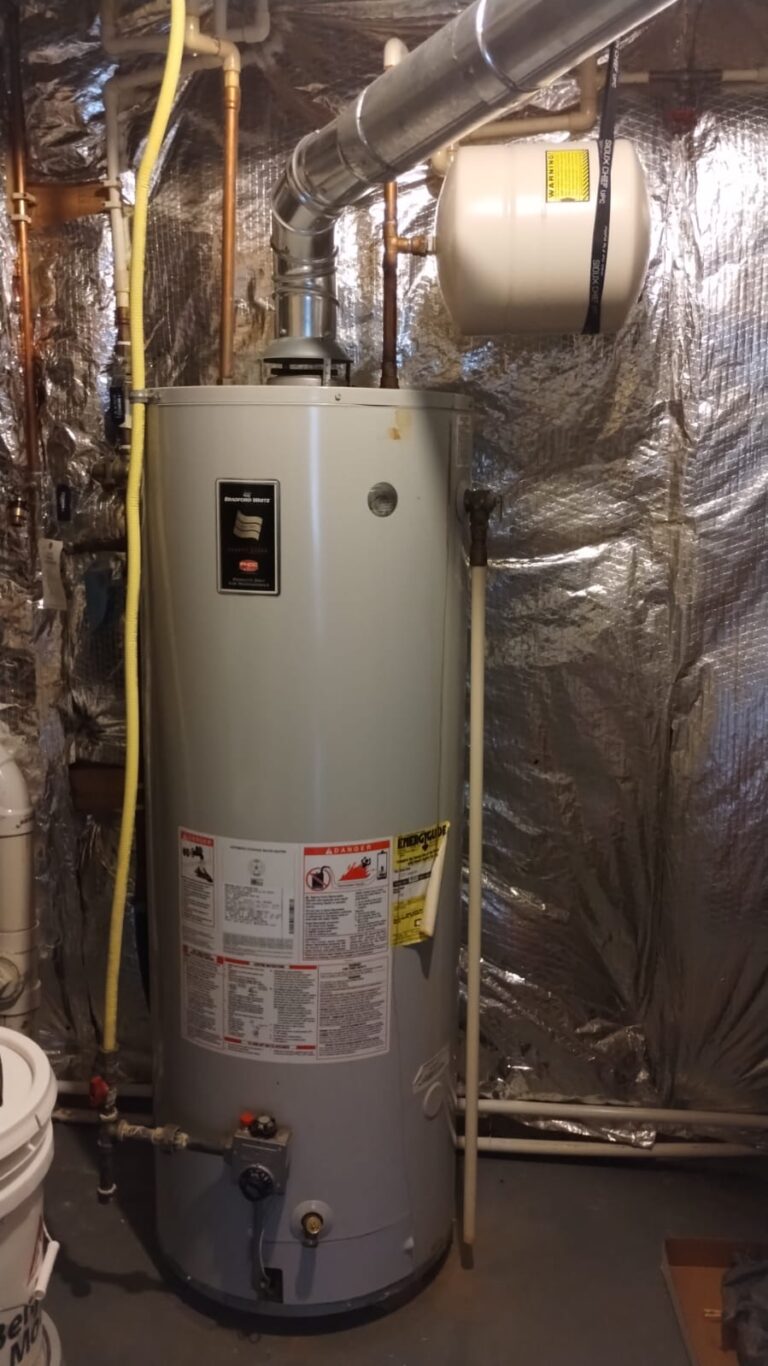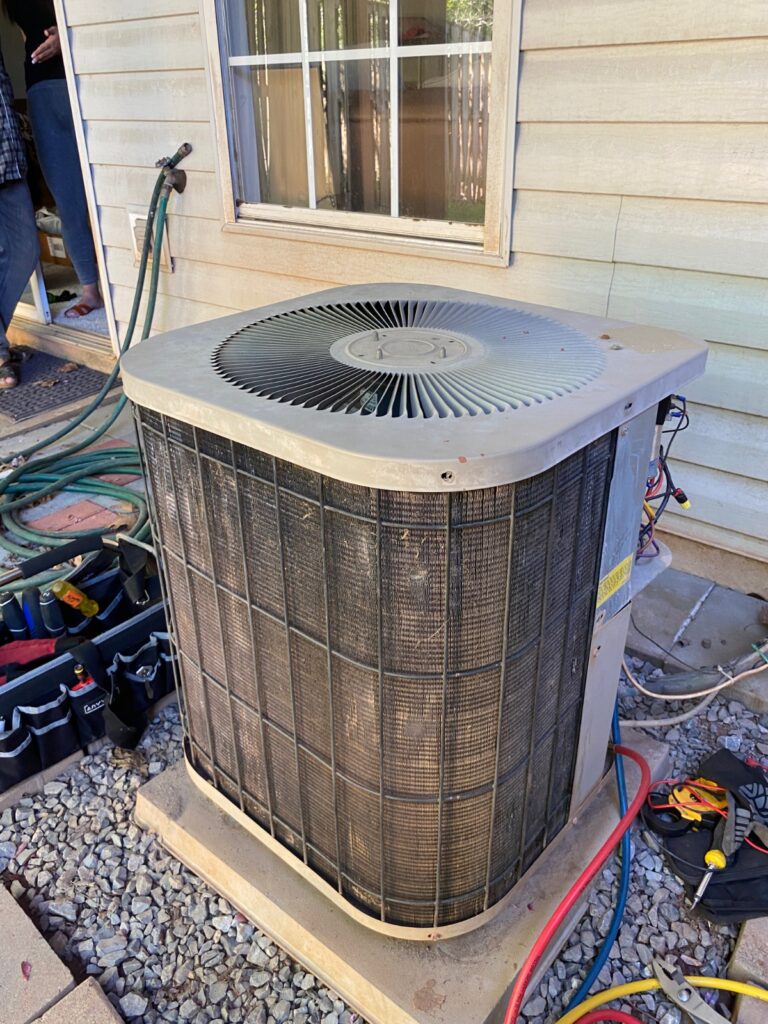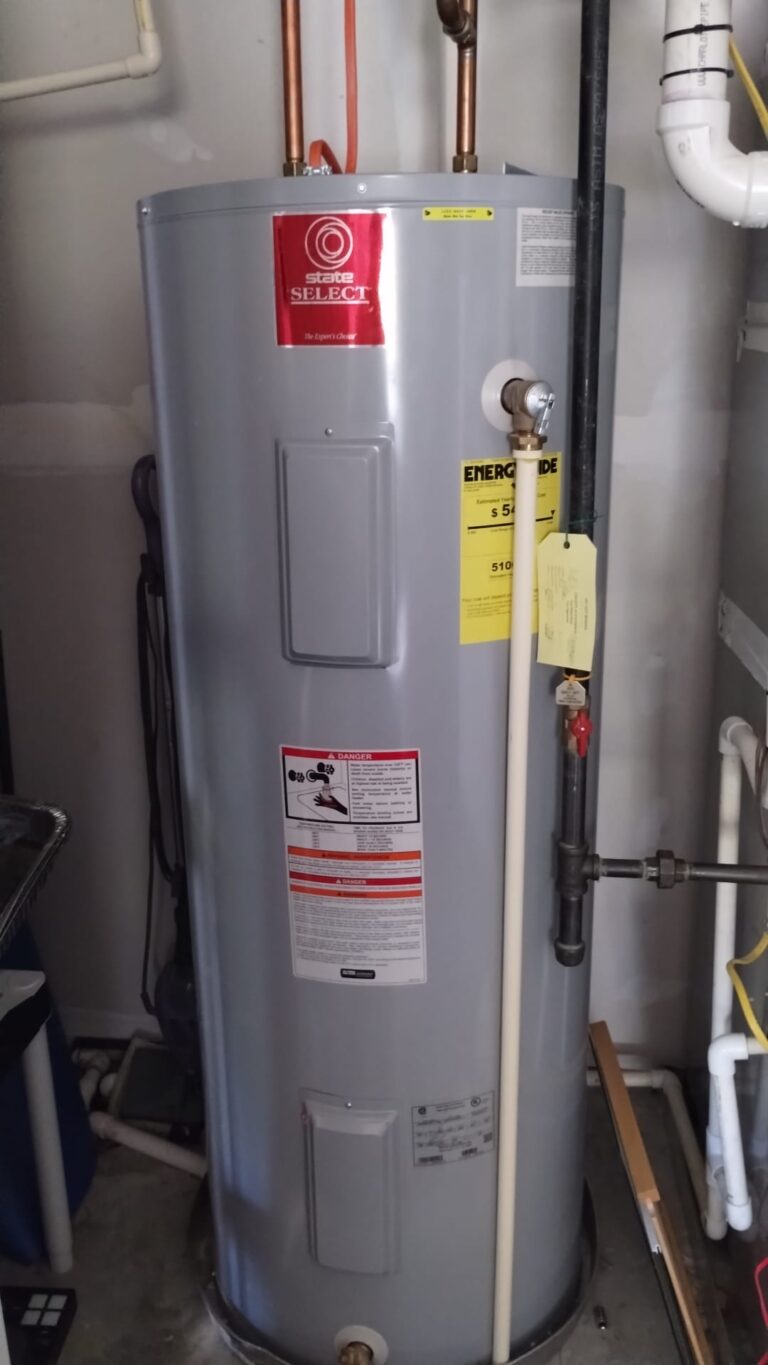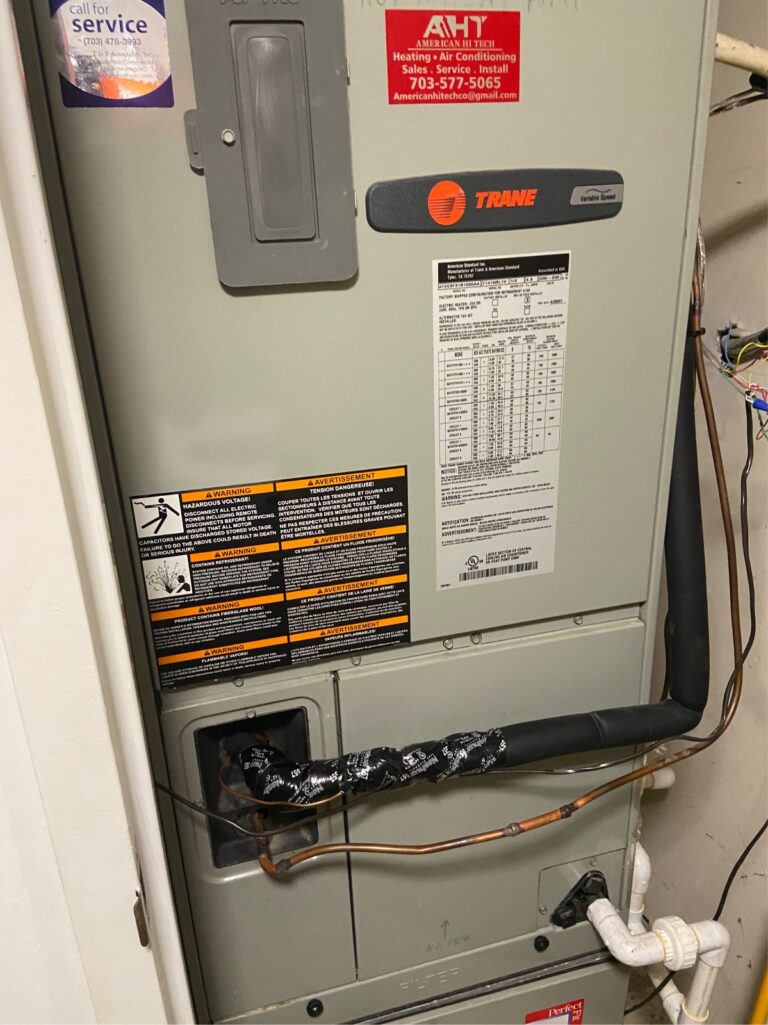How to Turn Up Hot Water Heater
When taking a bath, cleaning dishes, or performing household tasks, cold water might be inconvenient. If you frequently observe lower water temperatures, you may need to adjust your water heater. Although it can be a straightforward repair, adjusting a gas or electric water heater involves deft hands and a working knowledge of the components. You should have no trouble fast adjusting the temperature on your water heater as long as you exercise caution when using it. If you want to learn about how to turn up hot water heater than you are at the right place.

How to Adjust a Hot Water Heater
A quick and easy way to keep your family safe and comfortable while also potentially saving money on energy costs is to adjust your hot water heater. There are a few elements that affect how a water heater is heated, but the primary one is whether the water heater is gas or electric.
To find the ideal temperature for your hot water heater, keep reading for some helpful recommendations.
Hot Water Heater Settings
One of the home items that uses the most energy is your hot water heater. One quick and simple method to save energy costs is to turn down the temperature of your water heater. Finding the right balance between satisfying your hot water needs, preventing scorching temperatures, and maintaining water that is warm enough to destroy any waterborne bacteria will determine the ideal water heater setting for your household.
Lowest Safe Temperature
Most recently installed water heaters have a 120°F temperature setting. At this temperature, water can eliminate dangerous bacteria. Additionally, the US Department of Energy recommends this temperature as the most energy-efficient setting for the majority of residential water heaters.
Highest Safe Temperature
Water temperature rising eliminates pathogens more quickly.
For this reason, a few medical professionals advise maintaining a temperature of 140 degrees Fahrenheit in homes where there may be immunocompromised family members.
It is noteworthy to mention, nonetheless, that 140 degrees is an extremely hot temperature. Exposure to that temperature for five seconds can scorch the skin. Everyone has the potential to burn themselves, but due to their delicate or thin skin, young individuals and the elderly are more vulnerable.
How to Turn Up a Gas Hot Water Heater
You might need to modify the hot water heating settings while you search for that ideal balance. It’s as simple as twisting a tiny dial that’s close to the unit’s bottom on some earlier petrol models. These older machines’ readouts or gauges cannot track the temperature. Adjusting the temperature may be simpler, but it may need more trial and error since you will need to wait for the water to warm up before checking it at your washbasin or shower.
Modern gas water heater adjustments require a little more work:
- Cut the water heater’s electricity at the circuit breaker. To locate the appropriate switch, consult the labels on your circuit breakers.
Find the thermostat access panel directly on the water heater. To remove the panel, you might need to use a screwdriver. - Use the screwdriver to turn the control up or down to change the temperature setting. The thermostat for the water heater may have temperatures shown, or it may just have a “+” or a “-” to signify warmer or cooler temperatures.
- Reinstall the panel, then turn on the hot water heater at the panel.
- It might be necessary to relight the pilot light.
- To check the temperature of the water from a tap or shower, wait for at least three hours. To get the temperature you want, you might need to make another adjustment to your settings.
Turning Up an Electric Water Heater
Switch off the circuit breakers for the water heater. The circuit board for your house is located in the electrical box. Since the majority of water heaters consume roughly 240 volts of electricity, you should have to turn off two breakers. For more information, refer to the location sheet located inside each panel. If the location is not indicated, make sure to switch off every panel for safety.
It is important to turn off the circuit breakers before making any adjustments to an electric water heater. In case you’re unsure how to turn off the breakers, get in touch with an electrician to avoid any poisoning incidents.
Uninstall the access panels on the heater. On the front of the water heater, the access panel(s) should resemble rectangular boxes. The interior controls of water panels can be accessed by prying open one or both of the single or double access panels.
Screwdrivers are not usually required to open most panels. You should have adequate hands.
Find the thermostat by removing the insulation. The thermostat and the access panels should have a thin layer of insulating padding between them. Remove all of the insulation to improve your view of the thermostat and to adjust the temperature as necessary.
To maintain the accuracy of the thermostat, the insulation must be placed back into the water heater, therefore store it somewhere safe.
Turn up the thermostat a degree or two
Most thermostats include a screw in the center that may be twisted. Insert a flat-tipped screwdriver into the screw and turn it up a few notches. In order to prevent burns, raise the thermostat setting to no more than 120 °F (49 °C).
The thermostat should display a temperature range of approximately 90 °F (32 °C) to 150 °F (66 °C), with a maximum of 120 °F (49 °C) being advised.
There ought to be just one thermostat, even in the case of two panels. The water heater’s design influences the number of panels since both panels need connect to the same thermostat.
Wait to test the water before closing the panels. Close one or both of the panels and replace the insulation in the heater. Restart the power source and proceed to check the water’s temperature. After at least three hours, check the water and make any necessary adjustments to the temperature if it still feels or reads too low.
What Is the Best Temperature for a Hot Water Heater?
The best temperature to select if you want to minimize the chance of scorching and maximize energy efficiency is 120 degrees Fahrenheit. Warmer temperatures, however, lessen the chance of microbial growth within the hot water tank.
Check the temperature of the tap water in your home to determine the ideal setting. After two hours of not using any hot water, check the temperature of the water coming from your tap using a meat or water thermometer. It should take two to three minutes for the reading to become accurate. Mark the temperature on your hot water heater thermostat if it is comfortable for you and your family. This will help you remember it in case you need to make adjustments in the future.
Get Your Whole House Just Right with Cool Breeze Services
Having professional assistance makes it easier to strike the ideal mix between comfort and productivity. With our expert water heater service, you can keep your water heater operating at peak efficiency. Both routine maintenance and emergency services are provided by us. Make an appointment now by calling (877) 368-4822!






